Raising Policy Rate By The Fed, The ECB, The Bank Of England And The SNB Ahead, China Is Facing A Potential Surge In Cases As COVID Rules

Craig Erlam 10.12.2022 11:47
US
Two blockbuster events will have Wall Street on edge as the disinflation trade may have gotten ahead of itself. The last major piece of economic news before the Fed meets will be the November inflation report which is expected to show pricing pressures are decelerating. The headline reading from a month ago is expected to rise 0.3%, a tick lower from the pace in October. On a year-over-year basis, inflation is expected to decline from 7.7% to 7.3%. There is still a lot more work that needs to be done with bringing inflation down, but for now, it seems the trend is headed in the right direction.
The FOMC decision will be “Must See TV” as the Fed is expected to downshift to a half-point rate-hiking pace and yet still reiterate that they are not done raising rates. The Fed will likely show that rates could rise anywhere from 4.75-5.25%, which will be very restrictive and should lead to a quicker cooling of the labor market.
EU
The ECB meeting next week promises to be a defining moment in the bloc’s fight against inflation. It was late to the party, very late in fact, but once it arrived it quickly started playing catch up culminating in a 75 basis point rate hike last week. The belief is that it won’t have to go as far as others in raising rates, with the terminal rate currently believed to be around 3%. That means the central bank is expected to already slow the pace of tightening on Thursday, with a 50 basis point hike, followed by another 100 over the first three meetings in the new year.
It’s not just the decision that investors will be focused on. The press conference and new macroeconomic projections will tell us everything we need to know about where the central bank sees itself in the tightening cycle and whether it is aligned with the markets.
UK
It’s all going on in the UK next week. The third week of the month brings a variety of major economic indicators including inflation, employment, retail sales, GDP and PMIs. This month has the added spice of the BoE meeting, the central bank that is arguably most stuck between a rock and a hard place among its peers.
The economy is suffering and probably already in recession, inflation is 11.1% – although that is expected to drop slightly ahead of the meeting – and the cost-of-living crisis in squeezing those households least able to cope with it most. And yet the BoE is of the belief that the only policy response is to keep hiking rates. Markets expect another 50 basis points on Thursday and a further 100-125 in the first half of next year. The central bank has previously pushed back against market positioning and we may see language to the same effect in the statement, not to mention more dovish dissent.
Russia
A week of no change is on the cards, it would appear. The CBR is expected to leave the Key Rate unchanged at 7.5% on Friday, the second consecutive hold after many months of hikes and then cuts following the invasion of Ukraine. On Wednesday, the third quarter GDP reading is also expected to be unchanged at -4% annualized.
South Africa
The political environment appears to have cooled a little but President Ramaphosa isn’t necessarily safe yet. The focus will remain on this but there’s also inflation and retail sales data in the middle of the week that will be of interest.
Turkey
A few notable data releases next week although maybe not anything that will move the needle under the circumstances. Unemployment and industrial production stand out.
Switzerland
The SNB is expected to raise its policy rate by 50 basis points to 1% next week as it attempts to get a grip of inflation. It’s currently running at 3%, above its target of below 2% and the SNB has been clear in its determination to bring it down.
China
China is facing a potential surge in cases as COVID rules are loosened. Following the protests over the zero-Covid policy in several Chinese cities last week, the Chinese government is pivoting its policy. The elimination of key tenets of its virus elimination plan suggests they will try to learn to live with the virus.
It will be a busy and not-so-good week of Chinese economic data. At some point this week we will see the release of aggregate financing, new yuan loans, and money supply data. On Thursday, industrial production, retail sales, fixed assets, and the surveyed jobless rate will be released, with most expecting a softer print. The PBOC is also expected to hold its 1-year medium-term lending facility rate at 2.75% as volumes (CNY) could decline from 850 billion to 500 billion.
India
All eyes will be on the November inflation report which could show a deceleration in pricing pressures coming closer to the upper boundaries of the RBI’s 2-6% target. Given the growth slowdown that is forming, inflation could continue its decline next quarter which should help finish the job of bringing it back to target. India is also expected to see industrial production drop from 3.1% to -0.6%.
Australia & New Zealand
Following the recent RBA rate decision, investors expect the bank to be nearing the end of its tightening cycle. The focus for Australia now shifts to business conditions/confidence and the labor market. The Australian economy is expected to add 15,000 jobs, a slower gain than the 32,000 seen in the prior month.
New Zealand’s GDP growth will quickly cool as the latest tourist boom eases. Third quarter GDP on a quarterly basis is expected to soften from 1.7% to 0.8%.
Japan
Investors will have to be patient until the spring when the new leadership team has been created. The BOJ policy review could lead to the end of a decade-long ultra-loose monetary policy. The upcoming week is filled with economic data releases. The main highlights include the BOJ’s Tankan report which will show big manufacturers are struggling and non-manufacturing activity got a boost on easing covid rules. The November PPI report will show minimal pricing relief, while the trade deficit is expected to narrow. The preliminary PMIs could show both manufacturing and service activity are weakening.
Singapore
It could be mostly a quiet week for Singapore with the exception of the release of non-oil domestic exports.
Economic Calendar
Saturday, Dec. 10
Economic Events
The annual Bund Summit continues in Shanghai
The International Coffee Organization conference takes place in Vietnam
Sunday, Dec. 11
China FDI, Aggregate Financing, Money Supply, and New Yuan loans expected this week
Monday, Dec. 12
Economic Data/Events
India CPI, industrial production
Japan PPI, machine tool orders
Kenya GDP
New Zealand net migration
Mexico industrial production
Turkey current account
UK industrial production
Brazil’s presidential election is expected to be certified
Tuesday, Dec. 13
Economic Data/Events
US November CPI M/M: 0.3%e v 0.4% prior; Y/Y: 7.3%e v 7.7% prior
Australia consumer confidence, household spending
Germany CPI, ZEW survey expectations
Hong Kong industrial production, PPI
Israel trade
Italy industrial production
Japan Bloomberg economic survey
New Zealand home sales, food prices
Philippines trade
South Korea money supply
Turkey industrial production
UK jobless claims, unemployment
The Bank of England releases its financial stability report
US House Financial Services Committee holds an initial hearing on FTX’s collapse
US President Joe Biden hosts the US-Africa Leaders Summit
New Zealand’s government releases its half-year economic and fiscal update
Wednesday, Dec. 14
Economic Data/Events
FOMC Decision: Expected to raise the target range by 50bps to 4.25-4.50%
Eurozone industrial production
India trade, wholesale prices
Japan machinery orders, industrial production
Mexico international reserves
New Zealand current account GDP ratio, BoP
Russia GDP
South Africa CPI, retail sales
South Korea jobless rate
Spain CPI
UK CPI
EIA crude oil inventory report
The European Union and the Association of Southeast Asian Nations will celebrate the 45th anniversary of their partnership at a summit in Brussels
US Senate Banking Committee holds a hearing on FTX’s collapse
The US-Africa Leaders Summit continues with keynote remarks from Biden
The Bank of Japan will announce the outright purchase amount of Japanese government securities
RBA Gov Lowe delivers an address at the 2022 AusPayNet Annual Summit
Thursday, Dec. 15
Economic Data/Events
US Retail Sales, cross-border investment, business inventories, empire manufacturing, initial jobless claims, industrial production
ECB Rate Decision: Expected to raise Main Refinancing rate by 50bps to 2.50%
BOE Rate Decision: Expected to raise rates by 50bps to 3.50%
Switzerland rate decision: Expected to raise rates by 50bps to 1.00%
Norway rate decision: Expected to raise rates by 25bps to 2.75%
Mexico rate decision: Expected to raise rates by 50bps to 10.50%
Australia unemployment, consumer inflation expectation
Canada existing home sales, housing starts
China medium-term lending, property prices, retail sales, industrial production, surveyed jobless
Eurozone new car registrations
France CPI
Japan tertiary index, trade
New Zealand GDP
Nigeria CPI
Poland CPI
Spain trade
Friday, Dec. 16
Economic Data/Events
US deadline for a new funding deal to avert a federal government shutdown
US markets observe “Triple witching”, which is the quarterly event where the expiry of stock and index options occur with those of index futures
US preliminary PMIs
Australia preliminary PMI readings
European flash PMIs: Eurozone, Germany, UK, and France
Hong Kong jobless rate
Italy CPI, trade
Japan PMIs, department store sales
New Zealand PMI
Russia rate decision: Expected to keep rates steady at 7.50%
Singapore trade
Thailand foreign reserves, forward contracts, car sales
Bank of Finland Governor Rehn speaks on the Nordic nation’s economy
South Africa’s governing party begins its five-yearly elective conference in Johannesburg
Sovereign Rating Updates
Luxembourg (Moody’s)
This article is for general information purposes only. It is not investment advice or a solution to buy or sell securities. Opinions are the authors; not necessarily that of OANDA Corporation or any of its affiliates, subsidiaries, officers or directors. Leveraged trading is high risk and not suitable for all. You could lose all of your deposited funds.
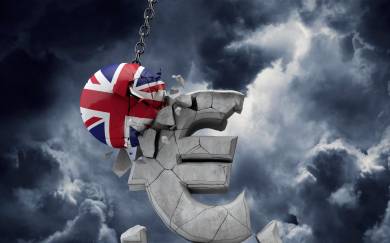
 Rebecca Duthie 02.05.2022 09:24
Rebecca Duthie 02.05.2022 09:24


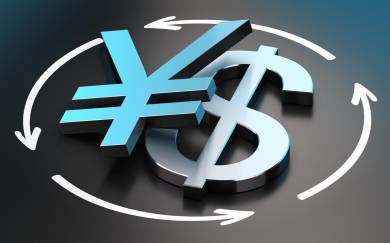
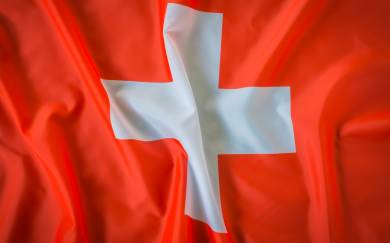

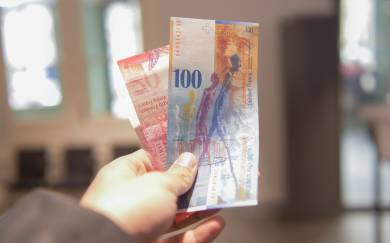














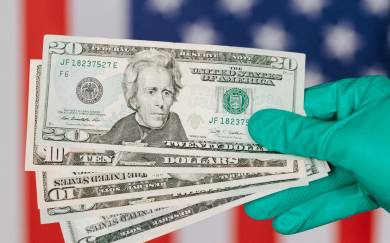








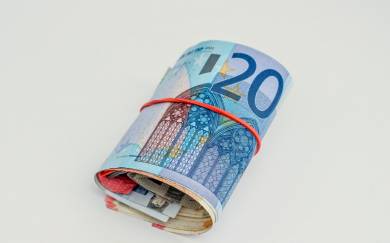





 TeleTrade Comments 22.09.2022 10:57
TeleTrade Comments 22.09.2022 10:57

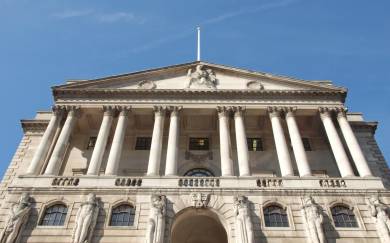
 ING Economics 24.09.2022 08:18
ING Economics 24.09.2022 08:18





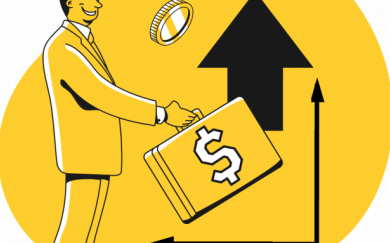
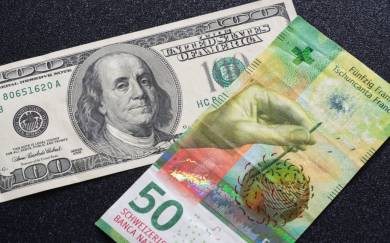







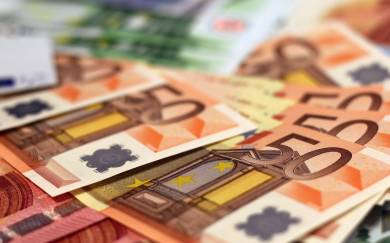



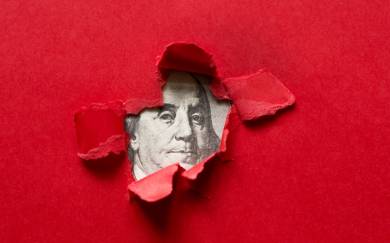
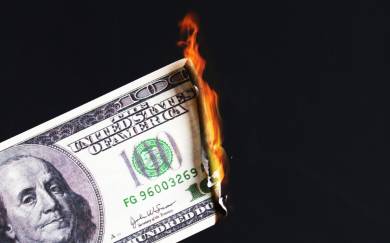


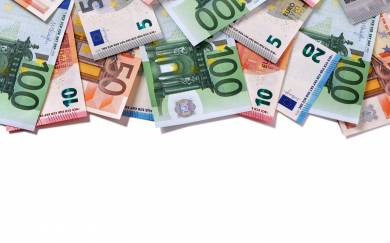

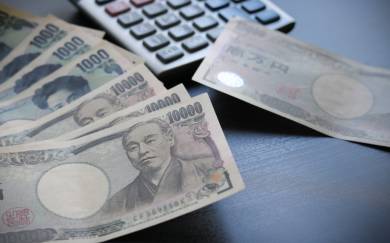




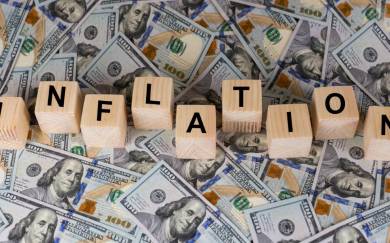
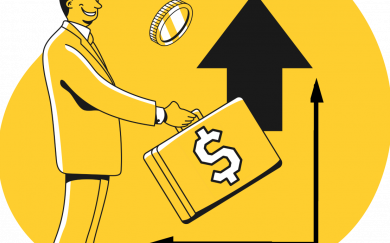

 Craig Erlam 10.12.2022 11:47
Craig Erlam 10.12.2022 11:47


 Saxo Bank 15.12.2022 08:55
Saxo Bank 15.12.2022 08:55
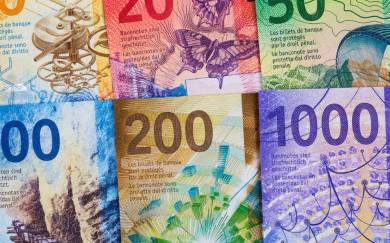

 Conotoxia Comments 19.12.2022 23:12
Conotoxia Comments 19.12.2022 23:12
 Kenny Fisher 28.12.2022 14:08
Kenny Fisher 28.12.2022 14:08

 Franklin Templeton 14.01.2023 09:47
Franklin Templeton 14.01.2023 09:47
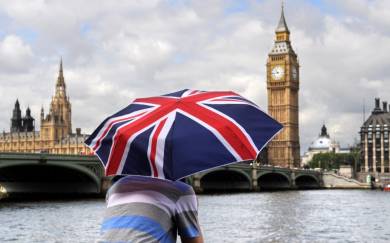
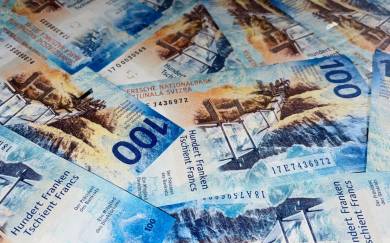

 Roman Ziruk 28.01.2023 09:57
Roman Ziruk 28.01.2023 09:57



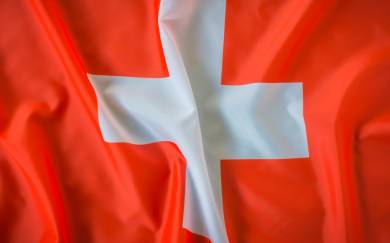
 Andria Pichidi 24.03.2023 14:49
Andria Pichidi 24.03.2023 14:49
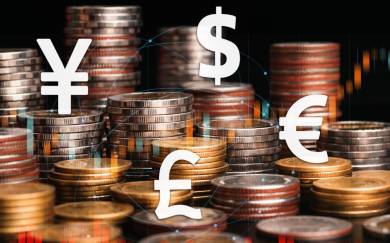
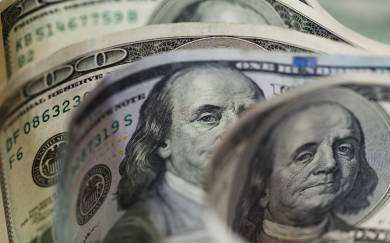



 Michael Hewson 19.06.2023 09:44
Michael Hewson 19.06.2023 09:44


 Ipek Ozkardeskaya 22.06.2023 08:08
Ipek Ozkardeskaya 22.06.2023 08:08











 Kelvin Wong 01.09.2023 11:32
Kelvin Wong 01.09.2023 11:32









